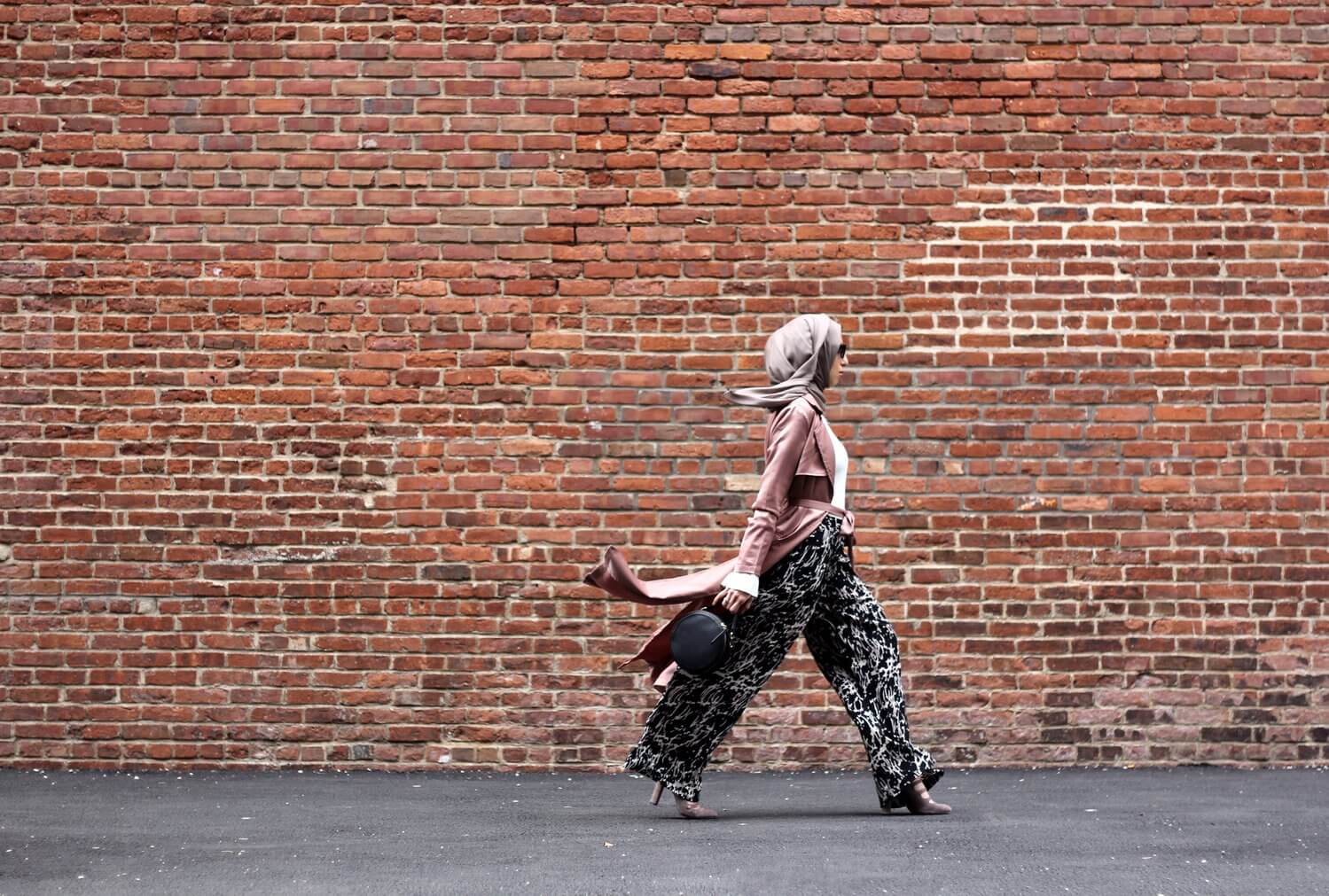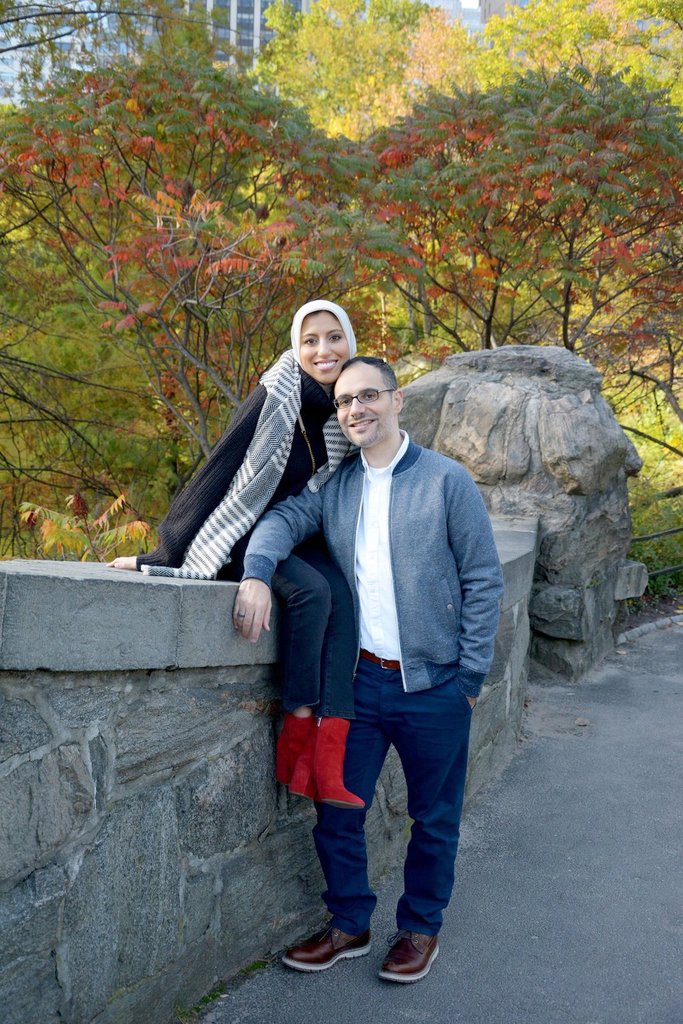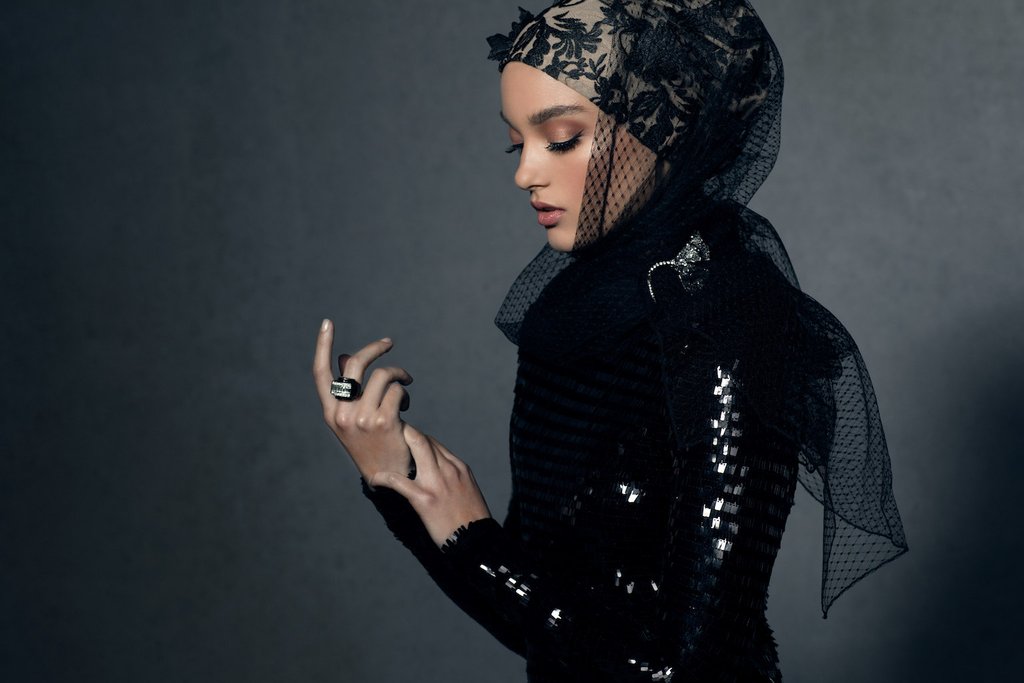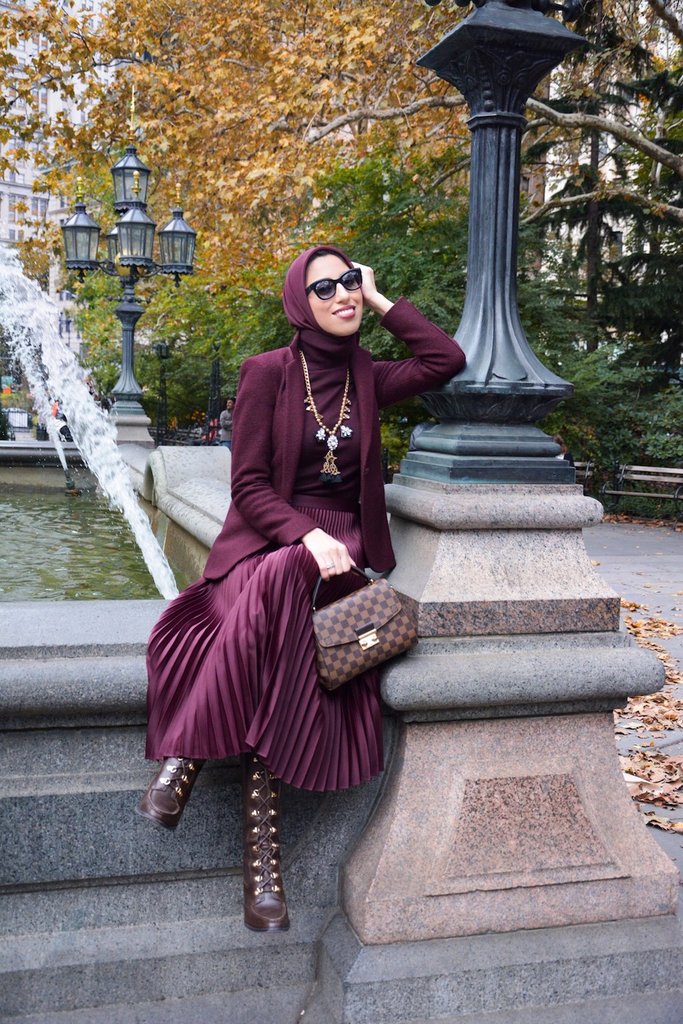
Haute Hijab, a New-York-based hijab retailer, exclusively caters to the Muslim woman.
Its collection of scarves in an array of style, colours, and prints has managed to build a community, and contribute to a flurry of activity in the world of fashion – compelling even those far away from it (such as us) to pay attention.
Haute Hijab is a noteworthy participant in the conversation around diversity. They have elbowed for space in the inflexible fashion industry by busting myths and expanding people’s worldview: Hijab doesn’t have to be a symbol of oppression, it can be an informed choice.
It’s only now that the hijab, repeatedly admonished by the west, is seeing some victories: a Somali-American refugee, Halima Aden, has become the first hijab-wearing model to appear on the cover of British Vogue. Other hijab-wearing women such as Amanda Saab from MasterChef, writer and director Lena Khan, or fencer Ibhitaj Muhammad are also proudly part of the mainstream.
But a name slowly gathering steam is Melanie Elturk, the CEO of Haute Hijab. Elturk founded the startup with her husband, Ahmed Zedan, in 2010, to offer Muslim women a choice of hijab, and to empower them with role models who are successful because of the hijab, not despite it. Growing up, Elturk writes, “I owned two shabby hijabs from overseas that made me feel anything but beautiful.”

Melanie Elturk, the CEO of Haute Hijab. with husband and COO, Ahmed Zedan (PC: Haute Hijab Blog)
She couldn’t rely on the neck scarves in the market which were drab, heavy, and non-washable. And the hijabs she owned had to be mixed and matched with every outfit – formal, casual or festive. Elturk realized that Muslim women at large – just like her – needed to feel proud of their identities, which their current dreary hijabs weren’t offering.
Therefore, as a teen, she started collecting printed silk scarves from local vintage stores and custom-making her hijabs. It was then when she walked to school in her new avatar that people were startled. “My hijab finally made me feel so confident, something I had never felt before,” she said in an interview. “I thought if I could give (people) access to really beautiful hijabs that made women feel strong and powerful that would be huge.”
But only in 2009 – when she had elaborately designed her engagement outfit and had to settle for a dissatisfying, inconspicuous hijab – she mulled over a better option.
Melanie Elturk had found a gap in the market, and her company, Haute Hijab was launched the following year.
Mundane to Luxury
Haute Hijab’s success, therefore, comes from the recognition that Muslim consumers are largely ignored and that hijab is not a trend like puff sleeves or an aztec print, but a part of the Muslim identity. The startup is also founded on the knowledge that the Muslim consumer spending is increasing. According to Thomson Reuters’ “State of the Global Islamic Economy” report, the category was around $243 billion in 2015, a 6 percent rise over 2014 and the figure is expected to rise to $368 billion by 2021.
Haute Hijab started with everyday jersey or chiffon scarves but is now reaching out to the affluent consumer through its line of US$250 and US$325 luxury hijabs. They have created a five-piece line sewed with luxe silks, lace, and with details from ornate embroidery to crystals.

Haute Hijab Luxury Collection (PC: Haute Hijab Blog)
But starting Haute Hijab was an uphill task as till 2016, the founders held full-time jobs. They then moved to Dubai where Elturk took up a job as a judicial law clerk at the International Court. It was her experience of living in Dubai which helped flesh out her idea of the hijab.
She writes: “The first time I saw women in open abayas proudly touting their skinny jeans, four inch heels and hijab perfectly placed over their teased coif with loads of make-up – I couldn’t stop staring.” It was also in Dubai that she found the fabrics and designs that would pave way for the craftsmanship Haute Hijab boasts today.
Elturk said in an interview that the company had to survive funding issues as Islam forbids taking loans attached with interest. So they took donations and loans from family. But in 2017, after setting up office in New York, Haute Hijab raised a seed fund worth $500,000.
Today, Haute Hijab is not just an online marketplace, but also a word-of-mouth driven community. It has identified that Muslim influencers are tired of being told what to do and are now amplifying their voices with the help of their millions of social media followers. Like the beauty startup Glossier, Haute Hijab, too, is using its 193.6k followers on Instagram to its advantage. The site also receives an average of 200,000-plus page views a month.
Elturk says that she knows many of her customers closely, and has kept them in mind when designing the pieces. In fact, she said that about 67 percent of her customers are repeat clients. Since 2010, Haute Hijab has sold over 250,000 hijabs and last year reached $1 million in sales.

Melanie Elturk (PC: Haute Hijab blog)
Haute Hijab has also invested heavily in loyalty. Buyers earn a reward point on every dollar they spend, by liking/following the brand on social media, and referring a friend. According to LoyaltyLion’s analysis, after implementing the loyalty program – Haute Hijab saw 49% of their revenue come from their most loyal customers. Therefore, it’s only natural then that the company treasures its consumers and keeps the sisterhood intact through style tips, personal blogs, and advice, along with highly shoppable hijabs, in prints and styles that are in trend.
While women in Iran are protesting the compulsory headscarf law, Elturk believes that the hijab can still be a personal choice, and a choice of liberation.
The way one dresses is not just a question of religion, or even culture and environment, it is, most importantly – a question of choice. Haute Hijab enables women to produdly make that choice and tries to normalise the hijab in western society – and that is no small feat.
Subscribe to our newsletter



